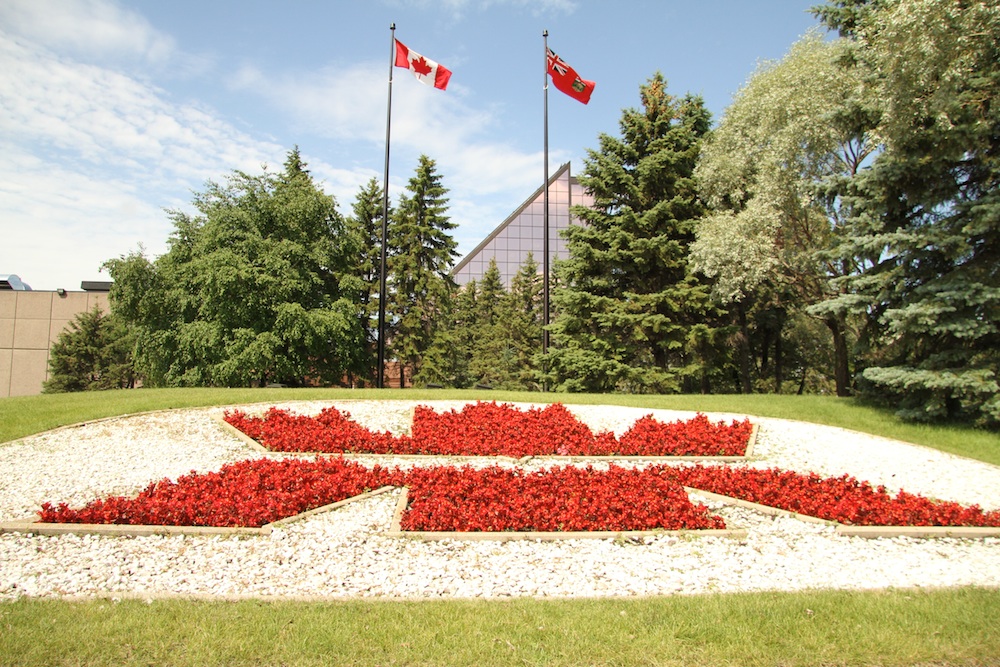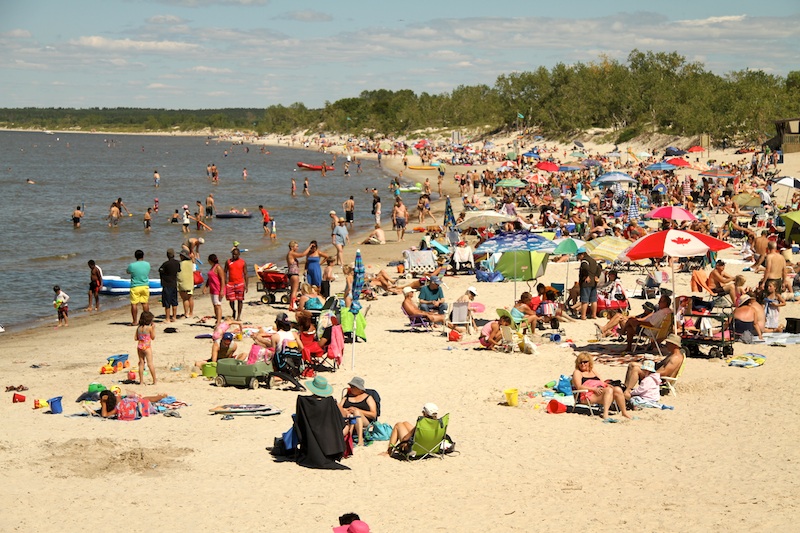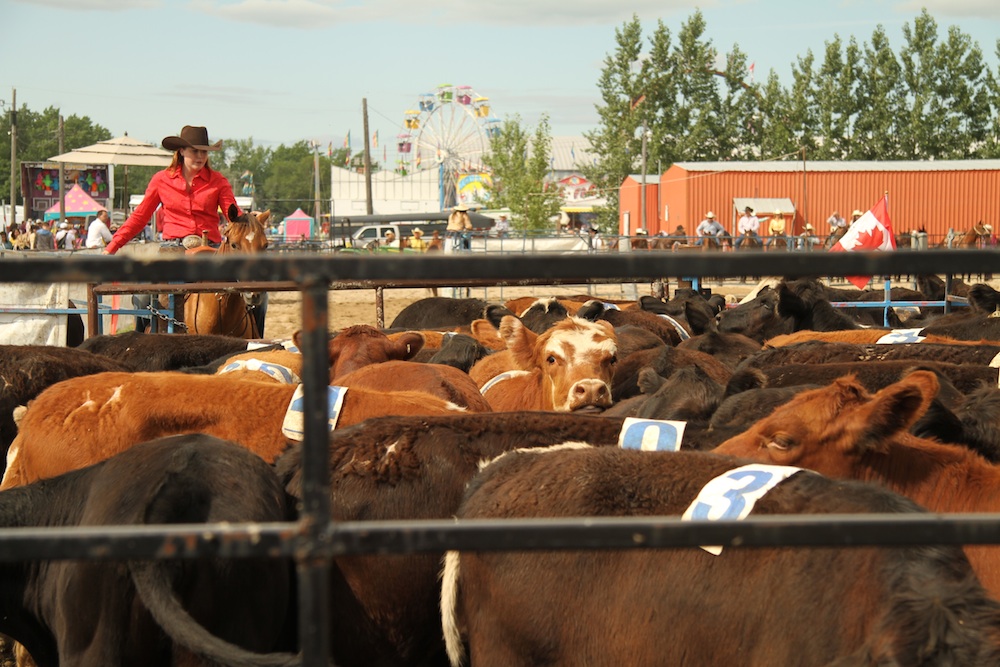Every week, UK travellers post on Reddit or TripAdvisor asking the same thing: “We’re planning our first trip to Canada and we want to see as much as we can, but we’re overwhelmed with the planning! Help us!”
It makes sense. Canada is enormous, bigger than all of Europe, with diverse regions and cultures. Unlike Europe, you can’t hop on a cheap flight or train to zip between places. Without knowing the provinces or what each offers, it’s easy to feel lost.
The truth is, the best trips to Canada aren’t about covering as much ground as possible. They’re about choosing one region and exploring it well. This guide helps you do just that, so you can plan your trip without the overwhelm.
1. Start With a Mindset Shift: Canada Is Not Europe
Imagine you’re planning a holiday to Europe and you want to see London, the Alps, and Athens in one week. Sounds exhausting and unrealistic, right? That’s the same as trying to cover Vancouver, the Rockies, and Toronto in one trip to Canada. Distances are massive. Toronto to Vancouver is further than London to Istanbul!
Canada doesn’t have cheap, frequent internal flights or high-speed trains like Europe. In fact, domestic flights are expensive, and cross-country trains are scenic but slow and not especially practical for most itineraries. The sooner you shift your mindset from “seeing as much as possible” to “seeing one part well,” the more relaxed and rewarding your trip will be.
2. Canada 101: A Quick Geography Crash Course
Canada is made up of 10 provinces and 3 territories, each with its own identity, landscapes, and culture. Think of them like countries in Europe: distinct, unique, and too big to combine into one short holiday.
Here’s a quick flavour:
- British Columbia (BC): Rainforests, mountains, islands, rugged coastline, wine regions, outdoorsy culture.
- Alberta: The Rocky Mountains, prairie lands, cowboy culture, famous parks like Banff and Jasper.
- Saskatchewan & Manitoba: Big skies, vast prairies, forested lakes, wildlife, authentic small-town charm. No mountains.
- Ontario: Canada’s most populous province, home to Toronto, Niagara Falls, and thousands of forested lakes in the north. No mountains.
- Quebec: French-speaking, rich culture, history, and vibrant cities like Montreal and Quebec City. Small gentle UK-like mountains.
- Atlantic Provinces (Nova Scotia, New Brunswick, Prince Edward Island, Newfoundland & Labrador): Coastal beauty, seafood, smaller communities, Celtic and Acadian culture.
- Northern Territories (Yukon, Northwest Territories, Nunavut): Remote wilderness, Arctic and subarctic ecosystems, Indigenous cultures, wildlife, and adventure (best for seasoned travellers with time and budget).
If you don’t know what province (or territory) best suits you, that’s your first step: learn what each region offers, and which one fits your travel dreams. The Destination Canada website‘s a good starting point to get some initial ideas.
3. Ask Yourself: What Kind of Canada Are You Hoping to Experience?
Before you plan anything, think carefully about what you actually want from this trip. Canada isn’t one thing; it’s dozens of different experiences spread out across a vast country.
- Are you more excited by cities, culture, food, and nightlife?
- Or do you want wide open nature, mountains, lakes, forests, and wildlife?
- Are you planning to rent a car or rely on public transport?
- What’s your comfort level with driving long distances?
- Do you prefer luxury or rustic experiences?
- What kind of weather and climate do you enjoy?
- How active do you want to be: walking city streets, hiking mountain trails, paddling lakes?
These questions aren’t just preferences, they’ll help you figure out which region of Canada is right for you, and how you should structure your trip. Remember: without a car, you’ll mostly be sticking to big cities, where public transport exists. And that’s fine if you want a city-focused trip, but you’ll miss the wilderness experiences that many people associate with Canada.
4. Plan Around Experiences, Then Choose Time and Place
One of the biggest surprises for UK visitors is how seasonal Canada is. Many iconic Canadian experiences, from skiing in the Rockies, to seeing turquoise alpine lakes, to spotting whales on the Pacific coast, are only possible during certain months of the year.
That means you almost have to work backwards:
First decide what you want to experience, and then plan when and where to go based on that.
For example:
- If you dream of seeing Lake Louise in that famous bright blue colour, you’ll need to visit from mid-June to early October. In winter and spring, it’s frozen and white.
- If you want to ski or snowboard, you’ll obviously need to come in winter, but ideally in between January and April.
- Whale watching on both the Atlantic and Pacific coasts is best in spring through autumn.
- Bear viewing tours are often only offered during certain months depending on where you are.
- Want to go alpine hiking? Late July to late September is your window.
- If you want to camp or do a long road trip in an RV, you’ll need to plan for late spring through early autumn, when campgrounds are open and snow isn’t a threat on the mountain passes.
This also ties into choosing your region. Ontario, for example, is mostly flat, with forests, lakes, and gentle hills; you won’t find rugged snow-capped mountains there. So, if you’ve got images of the Rockies in your head, flying into Toronto and staying in Ontario is about as effective as flying into Amsterdam to see the Alps.
The key takeaway: figure out the experiences you want first, then let that guide your timing and location. This approach will save you money, reduce stress, and help you avoid disappointment, and ensure your Canadian adventure matches the dream in your head.
5. Flights: Where You Land Matters
Many UK travellers pick Toronto because flights seem cheaper or shorter, but this can complicate your trip.
London to Toronto takes about 8 hours. London to Calgary takes around 9 hours. London to Vancouver is about 9 and a half hours.
Direct flights to western Canada fly over Greenland and the Arctic, rather than over the Atlantic and across the entire country. Once you land in Toronto, you’ll need to pay for another internal flight to reach the Rockies or Vancouver, which takes 5 hours and costs more money.
If you want to explore western Canada, it makes sense to fly straight there. Only book into Toronto if you’re actually planning to spend time in Ontario.
6. Transport Tips: Driving, Trains, and Public Transport
In the UK or Europe, it’s normal to build a trip around short, cheap flights or a robust train network. Canada doesn’t work that way.
- Flights: Domestic flights are expensive, sometimes more expensive than a cross-Atlantic flight. They’re necessary for crossing huge distances in but will eat into your budget.
- Trains: VIA Rail runs some scenic routes, but they’re slow, expensive, and don’t go everywhere. They’re not a practical way to hop between provinces unless you have lots of time.
- Cars: Renting a car is often the only way to truly see the countryside, parks, small towns, and coastal areas. Without a car, you’ll be limited to cities with public transport, mostly Toronto, Montreal, and Vancouver.
So plan your transport first. If you don’t want to drive, accept that your trip will focus on urban centres, which can still be fantastic, but you’ll miss the iconic wilderness Canada is famous for.
7. Driving in Canada: It’s Not Like Driving in the UK
One of the biggest surprises for UK travellers is how normal and often necessary it is to drive long distances in Canada. In the UK, a 2 or 3-hour drive feels like a big day out. In Canada, especially in the west or in rural areas, driving 5–7 hours is just part of the journey. It doesn’t mean you’re pushing yourself to the limit, it just means you’re going somewhere interesting.
Here’s why driving in Canada feels different:
- Wide open roads: Outside major cities, Canadian highways are generally straight, spacious, and often surrounded by stunning scenery. You won’t be dealing with endless roundabouts, stone walls, or narrow hedge-lined lanes like in the UK.
- Fewer cars, less stress: The population density is much lower than in the UK. Even busy roads rarely feel as hectic as the M25 on a Friday evening. Once you’re out of urban areas, you’ll often have huge stretches of highway practically to yourself.
- Automatic transmissions: Almost all rental cars in Canada are automatic by default. If you’re used to driving manual in the UK, you might find this makes the driving experience even more relaxed.
- Distances are bigger: In Canada, communities are spread out. It’s normal to drive for hours between towns or scenic stops. And with fewer built-up areas and wider speed limits, the drives themselves often become a highlight of the trip; think mountain passes, coastal highways, and lakeside routes rather than urban traffic jams.
If you’re nervous about driving in Canada, remember: most visitors from the UK quickly find it far less stressful than they imagined. And without a car, you’ll miss much of what makes Canada special: the wilderness, the small towns, the back roads, and the spaces in between.
8. Go-to Resources: Stop Googling “Canada” and Start With These
When you start planning, Googling “Canada itinerary” will overwhelm you. Instead, start with provincial tourism websites. They’re created by locals, updated frequently, and full of sample itineraries, road trips, guides to parks, and seasonal tips. A few to bookmark:
- Hello BC (British Columbia)
- Destination Ontario
- Travel Alberta
- Bonjour Quebec
- Tourism Nova Scotia
- Travel Yukon
- Travel Manitoba
These sites often have entire sections for families, couples, adventure seekers, foodies, culture lovers, and more. You can often find road trip itineraries and overviews of the different regions of the province. They’re the best way to get grounded before you make decisions.
9. National Parks vs. Provincial Parks: What You’re Missing
A lot of travellers think Canadian nature is all about National Parks: Banff, Jasper, Pacific Rim, and so on. But every province has its own Provincial Parks system, and these parks are often just as beautiful, less crowded, and easier to access.
In fact, Canada has thousands of Provincial Parks, compared to just a few dozen National Parks. They’re where locals go to camp, hike, paddle, and see wildlife. And they’re often closer to cities and more affordable.
So when planning your outdoors adventures, look at both National and Provincial Parks. You’ll be rewarded with unique experiences and less tourist congestion.
10. Final Word: Choose Less, Experience More
It might feel counterintuitive, but you’ll get more out of your Canadian trip by doing less. Resist the urge to tick off every big-name spot you see on Instagram. Instead, pick one region, slow down, and soak it in. Meet locals, eat local food, go on day hikes, spend evenings by a lake or a campfire.
That’s how Canadians travel, and that’s where the real magic of this place lies.
Canada isn’t built for whirlwind tours. It’s built for immersion. So start by learning a bit about the provinces, think about what you actually want from your trip, and let that guide you. Once you’ve narrowed your focus, you’ll find planning gets easier, and your Canadian adventure will be far richer for it.



